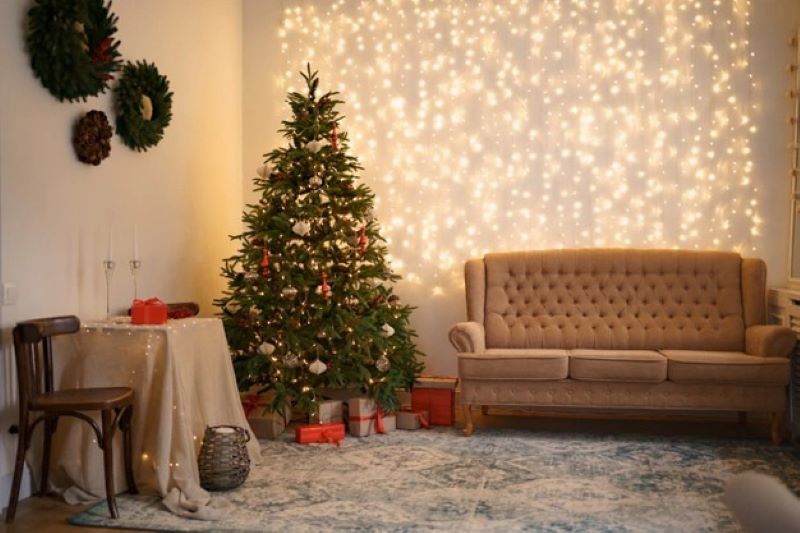The Origins of Christmas Ornaments: A Cultural Journey through Time
Christmas is one of the most widely celebrated festivals around the world. It is a time of joy, happiness, and togetherness. One of the most recognisable aspects of Christmas is the ornaments that adorn trees, homes, and streets. The diversity of these ornaments is a testament to the cultural richness and traditions across the world.
Ornaments are an integral part of the Christmas décor. They speak of the festive season and reflect the cultural customs of different regions. The use of ornaments can be traced back to the early 16th century in Germany when people began decorating their Christmas trees with fruit, nuts and candles. Though the materials and designs have evolved over the centuries, the use of ornaments remains an essential element of the Christmas celebrations.
The Intricate Artistry of Christmas Ornaments: Handcrafted Treasures from Around the World
Different cultures around the world have created ornaments that reflect their customs and traditions. Let’s explore the design elements of some of the popular Christmas ornaments around the world:
Europe
The Europeans have a variety of Christmas ornaments. Some of the popular ones include the German pickles, French santons or nativity scenes, Czech glass baubles, Scandinavian straw ornaments, etc. The German pickle is hidden in the tree to bring good luck, while the Czech glass baubles are intricately designed hand-blown glass ornaments.
Latin America
Latin America has a rich heritage of Christmas ornaments. Pinata, a popular Mexican ornament, is not only seen at Christmas but is also a part of the New Year’s Eve celebrations in many regions. Submerged in Christian and pagan beliefs, the pinata symbolizes the breaking of sins or restrictions to welcome new beginnings.
Asia
Japan has its own unique take on Christmas with ornaments that are a fusion of traditional Japanese culture and western influence. It is not uncommon to see ornaments adorned with Japanese origami, origata (a traditional way of wrapping fabric), and even the Daruma doll.
Africa
Christmas ornaments in Africa are often made from natural elements like clay, wood, and straw. The wood carvings of African animals like elephants, zebras, lions, and hippos are popular too. They showcase Africa’s dense wildlife and celebrate the biodiversity of the continent.
Australia
Christmas in Australia is particularly unique. The hot summer season is an essential element of the Australian Christmas. It is not uncommon to see ornaments that reflect the ocean, beach, and wildlife. Koalas wearing Santa hats, kangaroos holding candy canes, and ornaments shaped like waves are some of the ornaments seen in Australian homes and shops.
In conclusion, the cultural richness of Christmas ornaments around the world reflects the diverse customs and cultural identities of societies. The ornaments remind us of the beauty of our unique and varied traditions and that the beauty of Christmas is in how we all celebrate it in our own special way. So, whether you are decorating your Christmas tree, house or street, take a moment to appreciate the cultural significance of the ornaments you use and celebrate unity in diversity.

